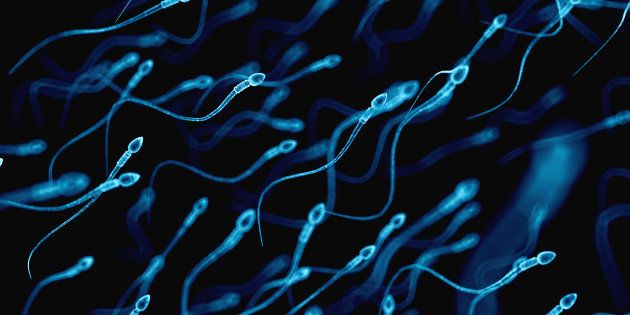
WASHINGTON -- In a major revelation, a German company has developed a new type of male contraceptive, all set to revolutionise the system by shifting the burden of birth control onto men!
The valve is designed in a way that it is implanted internally to divert the flow of sperm back to the man's testicles, making him temporarily infertile.
It's called the Bimek SLV, is less than a inch long and weigh less than a tenth of an ounce, and works in the same a vasectomy does and inserting the valve would take only half an hour.
It is controlled with a simple on-off switch which the man can reach under the skin of his scrotum, if a man decides he wants to become a father, he simply locates the implant in his scrotum and flicks the switch back, allowing sperm to be ejaculated.
In fact, the D*** Click may even prove to be a better alternative to having a vasectomy as it would eradicate the need to surgically cut the tubes that transport sperm from the testicles to the urethra, known as the vas deferens, reports the Mirror.
"My assessment is that implanting the valve could cause scarring where it meets the vas deferens," said Wolgang Bühmann, a spokesperson for the Professional Association of German Urologists.
Now, the valve that he has developed is set to be implanted in 25 men for trials starting this year.
The tiny valves are less than a inch long and weigh less than a tenth of an ounce.
They are surgically implanted on the vas deferens, the ducts which carry sperm from the testicles, in a simple half-hour operation.
Also on HuffPost India
